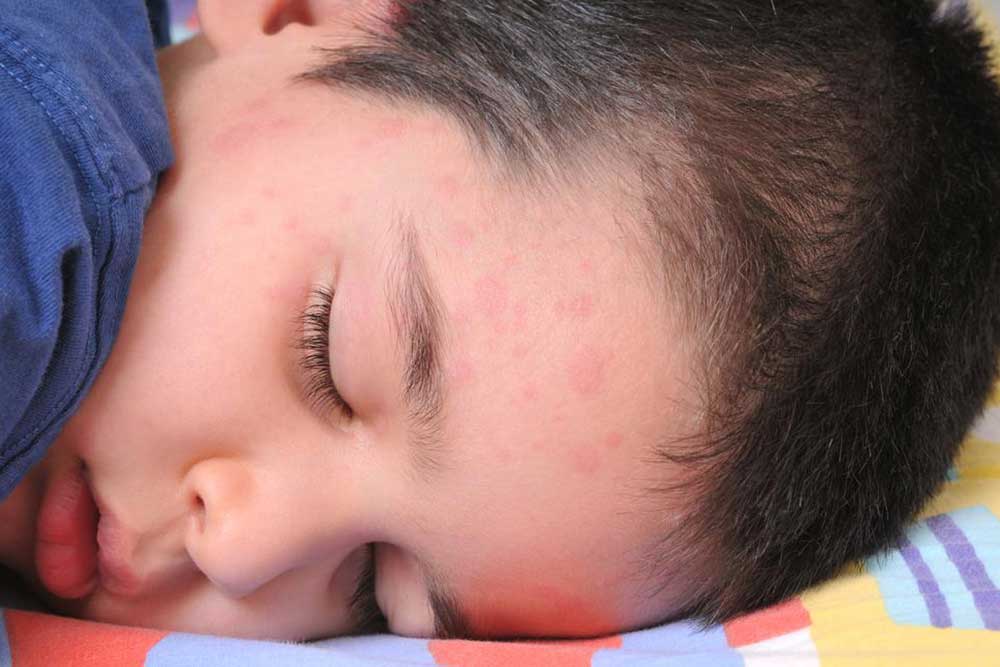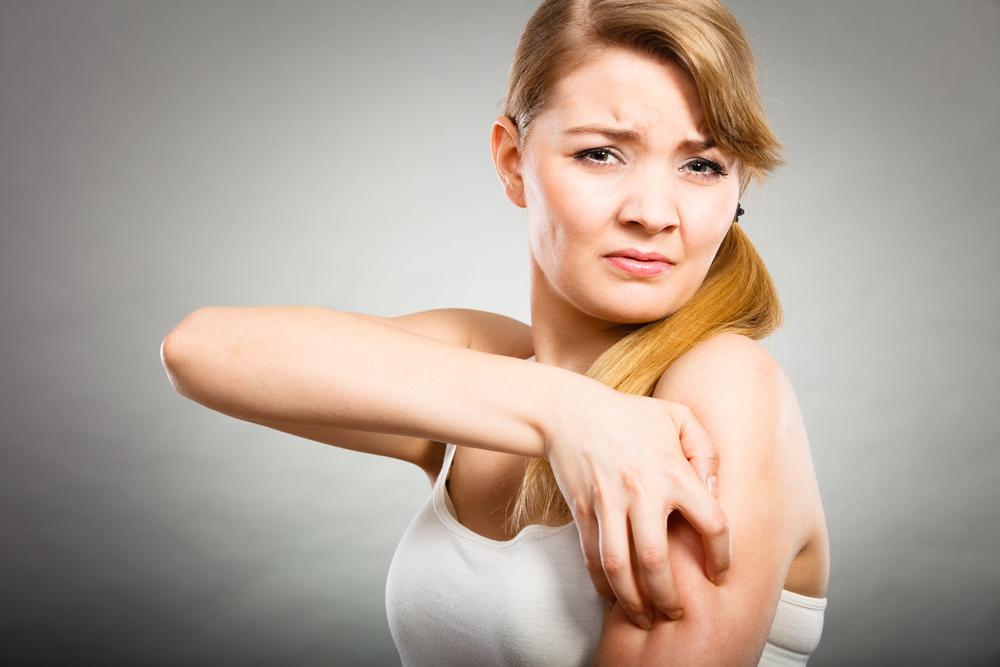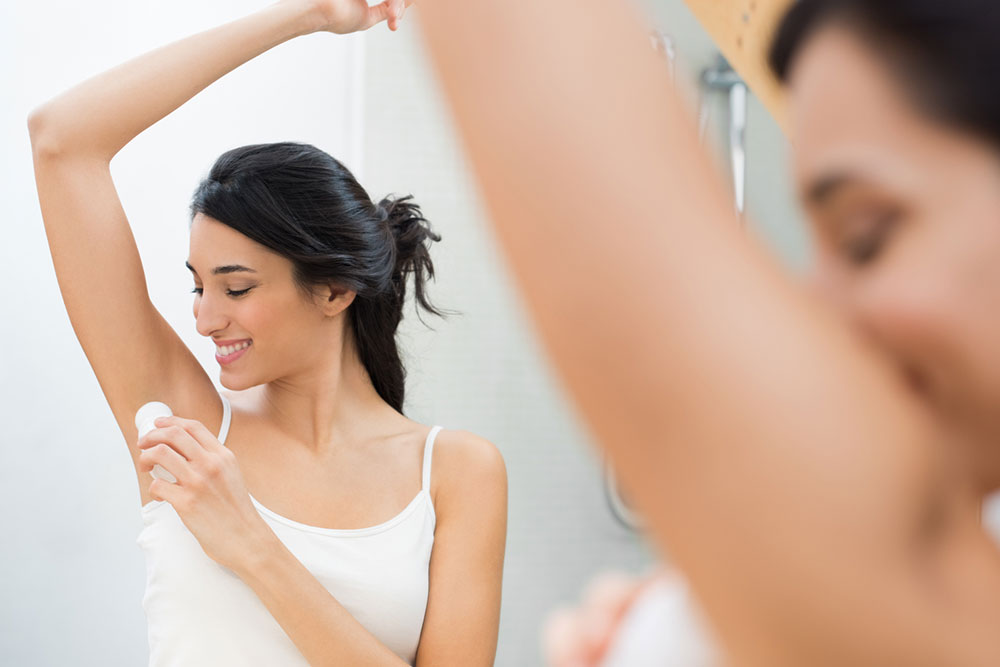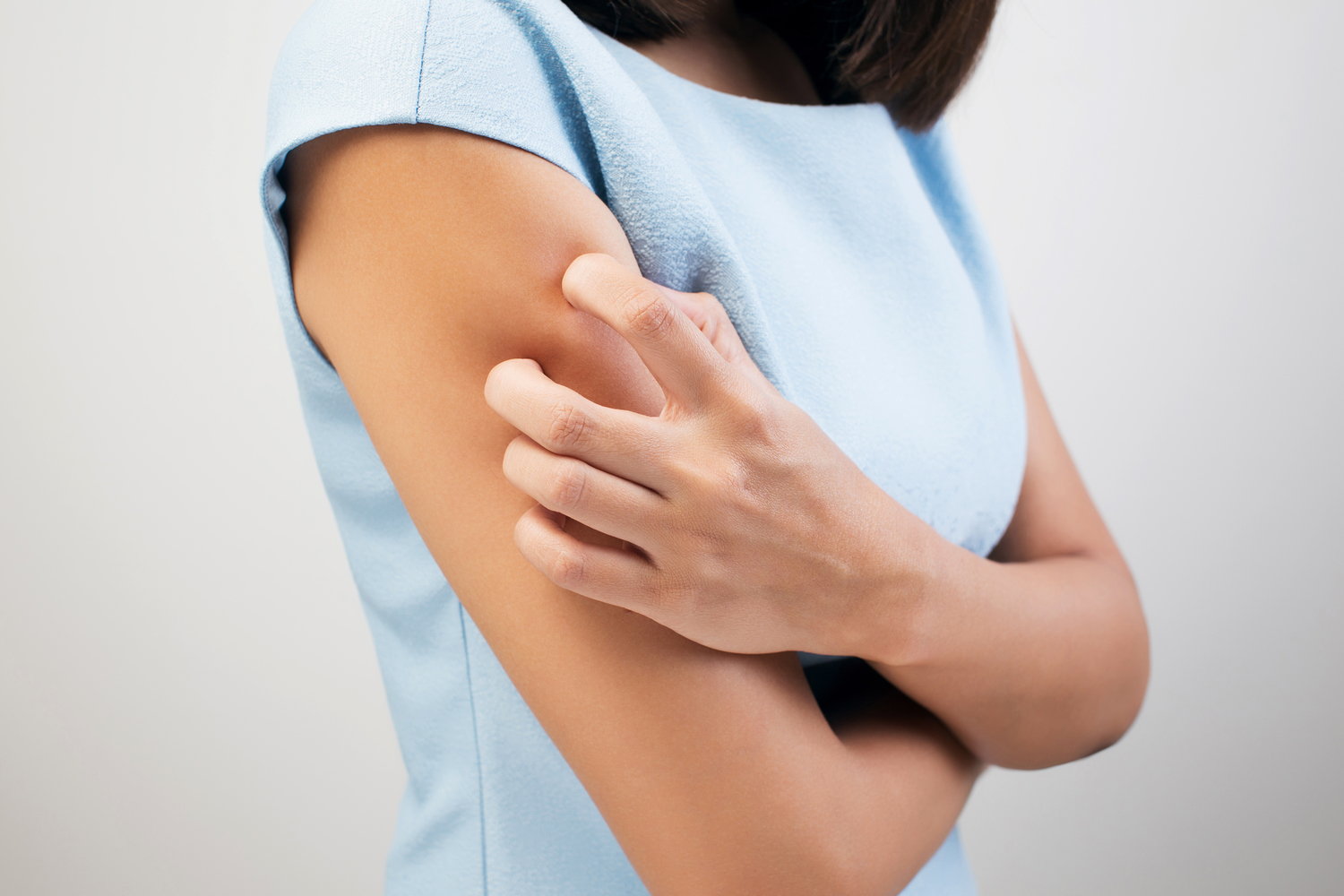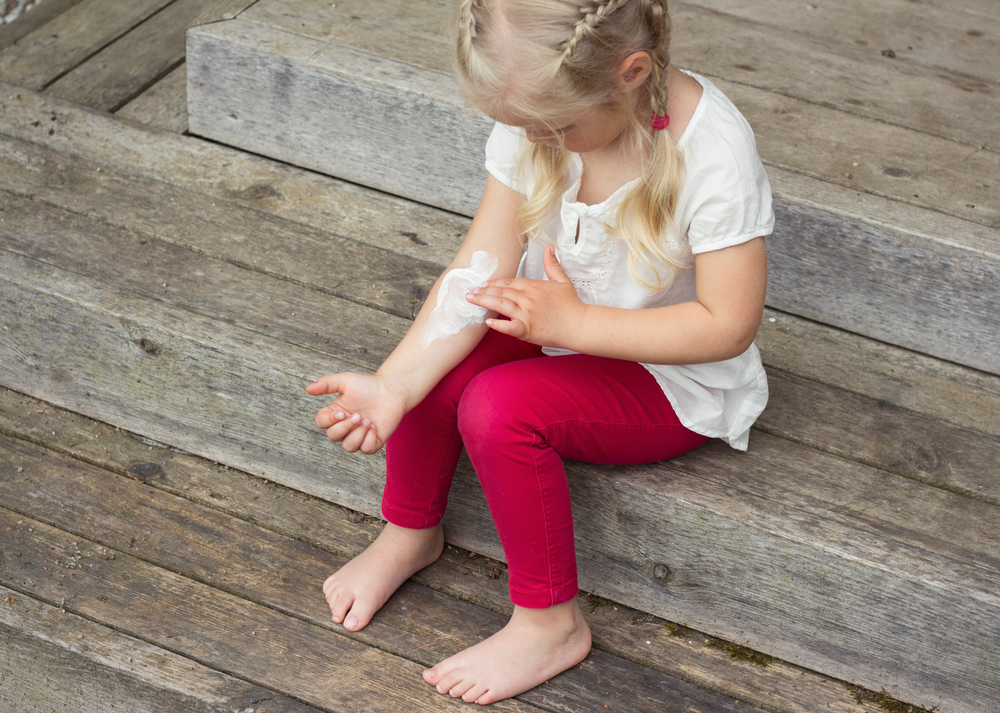Comprehensive Guide to Managing Various Skin Rashes
Explore effective strategies for diagnosing and managing different skin rashes, including home remedies and when to seek medical advice. This guide covers common types such as eczema, psoriasis, chickenpox, and contact dermatitis, providing practical tips for relief and care. Consistent skin care and timely consultation are key to effective treatment and faster recovery. Suitable for anyone experiencing skin irritation, this resource helps in understanding symptoms and implementing proper treatment methods at home or professionally.
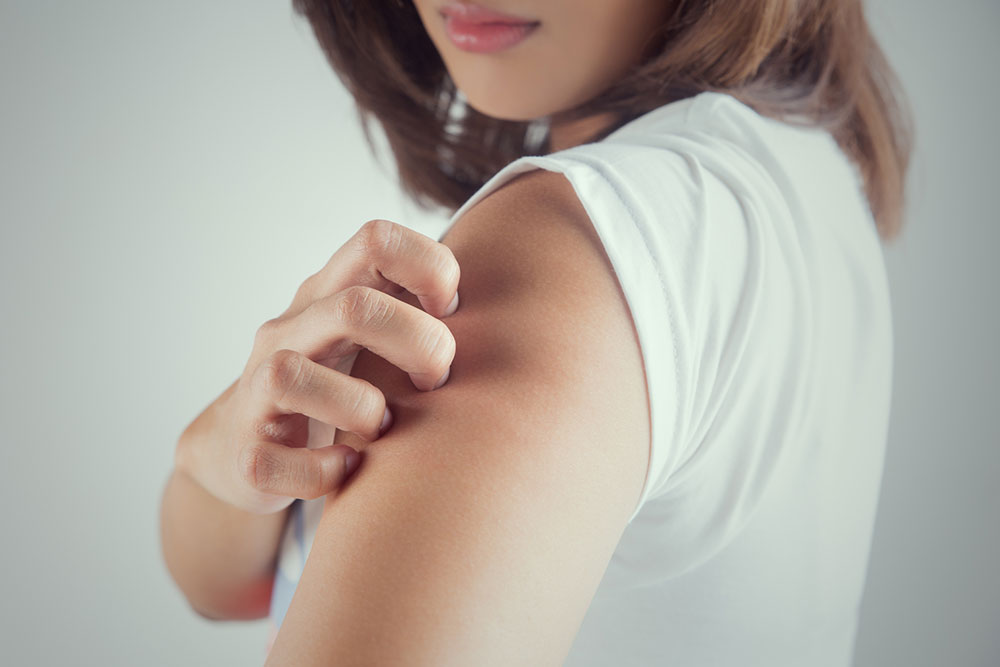
Strategies for Treating Different Skin Rashes
A skin rash refers to any notable alteration in skin color, texture, or appearance. It can appear as bumps, redness, scaling, or irritation. There are numerous types of skin rashes, each with distinct characteristics. This guide helps identify different rashes and advises when to seek medical attention. Many skin rashes can be effectively managed with home remedies.
Flea Bites
Typically clusters on the lower legs and feet, flea bites present as itchy, red bumps encircled by a red ring. Symptoms appear quickly after bites.
Fifth Disease
Often affecting children, this rash is accompanied by mild fever, sore throat, fatigue, headache, runny nose, nausea, and diarrhea. It creates bright red, round patches on the cheeks and a lacy rash on limbs and upper body.
Rosacea
A chronic condition characterized by periodic flare-ups and remission. Symptoms include red bumps, facial flushing, skin sensitivity, and dryness.
Impetigo
Common in young children, impetigo presents as rashes near the mouth, chin, or nose, forming honey-colored crusts. Fluid-filled blisters may also occur.
Ringworm
A circular, scaly rash with a raised border, often itchy. The center appears clear while the edges expand outward.
Contact Dermatitis
Develops hours after allergen exposure, causing scaly, red, itchy, and raw skin with visible borders where contact occurred.
Allergic Eczema
Resembling burns, this rash appears mainly on forearms and hands, displaying redness, itching, rawness, blisters, and crustiness.
Hand, Foot, and Mouth Disease
Mostly affecting children under five, it results in red spots on palms, soles, and sometimes genital areas or buttocks.
Diaper Rash
Visible in areas in contact with diapers, with skin appearing irritated, red, and moist.
Psoriasis
Characterized by silvery, scaly patches on knees, elbows, scalp, or lower back, which may be itchy or asymptomatic.
Chickenpox
Features clusters of itchy, red, fluid-filled blisters, often with body aches and fever.
Shingles
Painful, burning rash with blistering, usually in a linear pattern on the torso, often tingling or itching.
Home Care Tips for Skin Rashes
Most contact rashes can be managed with simple measures, depending on their cause. To promote healing:
Use gentle, unscented cleansers instead of scented soaps
Wash with warm water
Pat dry, avoiding rubbing
Allow the rash to breathe by avoiding tight clothing
Apply fragrance-free moisturizer
Avoid scratching to prevent worsening
Use OTC creams like hydrocortisone or calamine to soothe discomfort
Take oatmeal baths to reduce itchiness from eczema or psoriasis
Maintain regular scalp hygiene with medicated dandruff shampoos if dandruff accompanies the rash
While most rashes are manageable, monitor your condition and consult a healthcare provider if they worsen. Allow enough time for healing and avoid cosmetics on affected skin until fully recovered.

